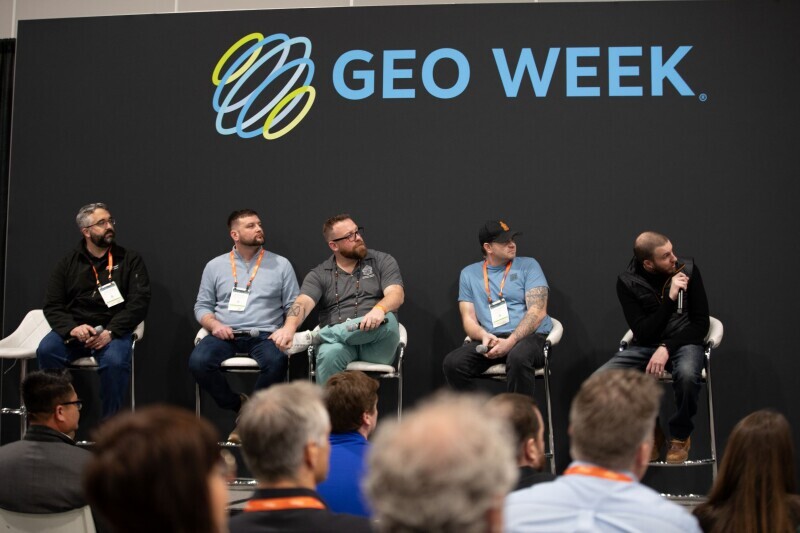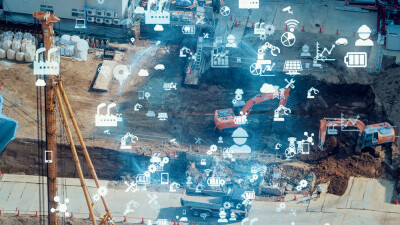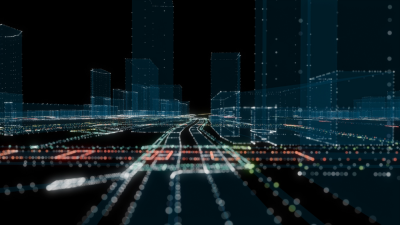At each of the last two Geo Week conferences, held annually in February at the Colorado Convention Center, we have featured a conference session with professionals from the United States Institute of Building Documentation (USIBD) in which they compare results from different laser scanners available on the market. In 2023, the group tested a handful of terrestrial scanners, while this year (pictured above) they compared the results from both terrestrial scanners and mobile scanners. The goal of the session is not to declare a “winner” among available scanners, but rather compare results under different conditions, setting a baseline for how to test these results and which features might work best for different use cases and environments.
Recently, some of the presenters from these sessions have created a new organization to further these goals called “The Committee.” Still in its nascent stages – they are still working on putting together a website – a few of the founding members of The Committee recently took part in a LinkedIn webinar entitled Revolutionizing Reality Capture: The Committee’s Quest For Change, in which they outlined their core principles and goals. The webinar featured David Moss, President of Moss Geospatial Solutions, as a moderator for the discussion. The Committee members on the webinar were:
Chris Kercheval, Customer Support Specialist - Reality Capture, Leica Geosystems part of Hexagon
Mack Kowalski, Co-Founder, LiDAholics Consulting
Dee Manning, Founder, Luxpoint
All three of these speakers have extensive experience in the industry. All three come to the discussion with over a decade of laser scanning time under their belts, not only giving them expertise in the technology but also crucially an eye toward some of the hurdles the sector may face. Simply put, in the words of Kercheval, The Committee originally started “as a collective group of guys who saw a need for change in the reality capture industry.”
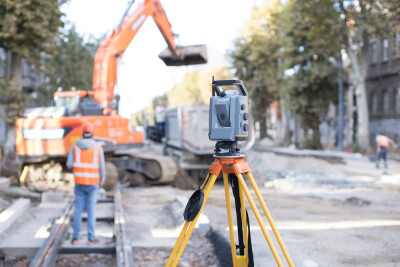
For Kowalski, The Committee presented a group with similar goals to what he has been hoping to accomplish with LiDAholics. “The whole reason we started LiDAholics was we wanted an agnostic way for customers to come and view different sensors without being sold something, and experience what the industry has to offer without pressure. It’s very, very similar to what The Committee is trying to do to better the industry, so I’m very excited.”
At its core, the group points to three core “branches” of what kind of work The Committee is going to do. First and foremost, they hope to act as educators for the industry, providing a baseline of education for newcomers to the space. Alongside education, they want to test the tools used in the industry from every angle, and accept ideas for testing from those in the industry. And finally, their third “branch” will be a thorough reporting of the testing.
“I think the biggest part of The Committee is that we’re aiming to be open source,” Kercheval told the webinar audience. “We want feedback from the community on what they want to see, what they think is the best move forward for the industry, given their discipline. We want to be the voice for all disciplines.”
Aside from those three main branches for the organization, one of their big early focuses appears to be creating some standards around the way manufacturers display the specs for their hardware. Right now, there is no standard for this, and companies generally highlight the specs that will make them look the best.
Kercheval, who says the industry is “ripe for transparency and standards,” makes the connection to Monroney Stickers, which were created by the U.S. government and are placed on all cars for sale, showing relevant information in a standardized way across automakers. The Committee is hoping to create something similar for laser scanners. They believe that eventually, manufacturers will get on board with this.
Kercheval said, “Hopefully over time, the manufacturers will accept [normalization] and maybe self-govern the industry into a standard. If not, then it’s just going to be a Wild West free-for-all until the government gets their hands on our industry and decides that they need to put standards in place for us.”
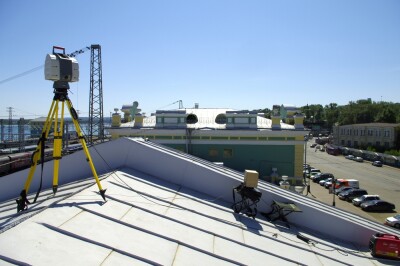
Along with the idea of creating a standardized spec sheet for the industry, one of the other big topics during the conversation was the potential to create a certification program. Kowalski notes that the industry “really wants a certification program.” He continued, “You need to know that, when somebody shows up on your job site with a laser scanner, you can trust what they’re going to produce. Intelligent data is expensive, but not nearly as expensive as bad data.”
Understandably, the process of putting together a certification program is something that is going to be “slower paced,” according to Kowalski, who says they want to “make sure it’s done right.”
Broadly speaking, they are planning on having the eventual program include some sort of online, learn-at-your-own-pace segment to start followed by in-person testing for a final piece, likely taking place at industry conferences. There will be some cost associated with the certification, with money getting put back into testing and travel, but that cost has not been figured out at this point.
Overall, the young group clearly has eyes towards a more accessible industry for all comers, and is committed to working towards creating a standardized sector that is more welcoming to new entrants.
“The reality capture industry is an infinite game,” Kercheval said. “Players are going to come, players are going to go. The market is what we’re concerned about. We want the market to be able to prosper and warrant new technology. From our standpoint, the manufacturers are going to develop whatever they’re going to develop. We want to test that and report on it to those who are interested in buying it.”
The Committee is jumping into this mission with excitement, according to Manning. “The technology that we talk about all the time is severely either underutilized or misused, and there’s so much opportunity to impact all different aspects of AEC. When all of us got together and realized that we have the same mentality and the same hopes for how we can improve the industry and truly utilize reality capture to its fullest extent. We have so much energy and synergy among us, it’s just been an awesome experience and I’m glad that we’re getting ready to share this with everybody.
A replay of the full conversation can be found here.


